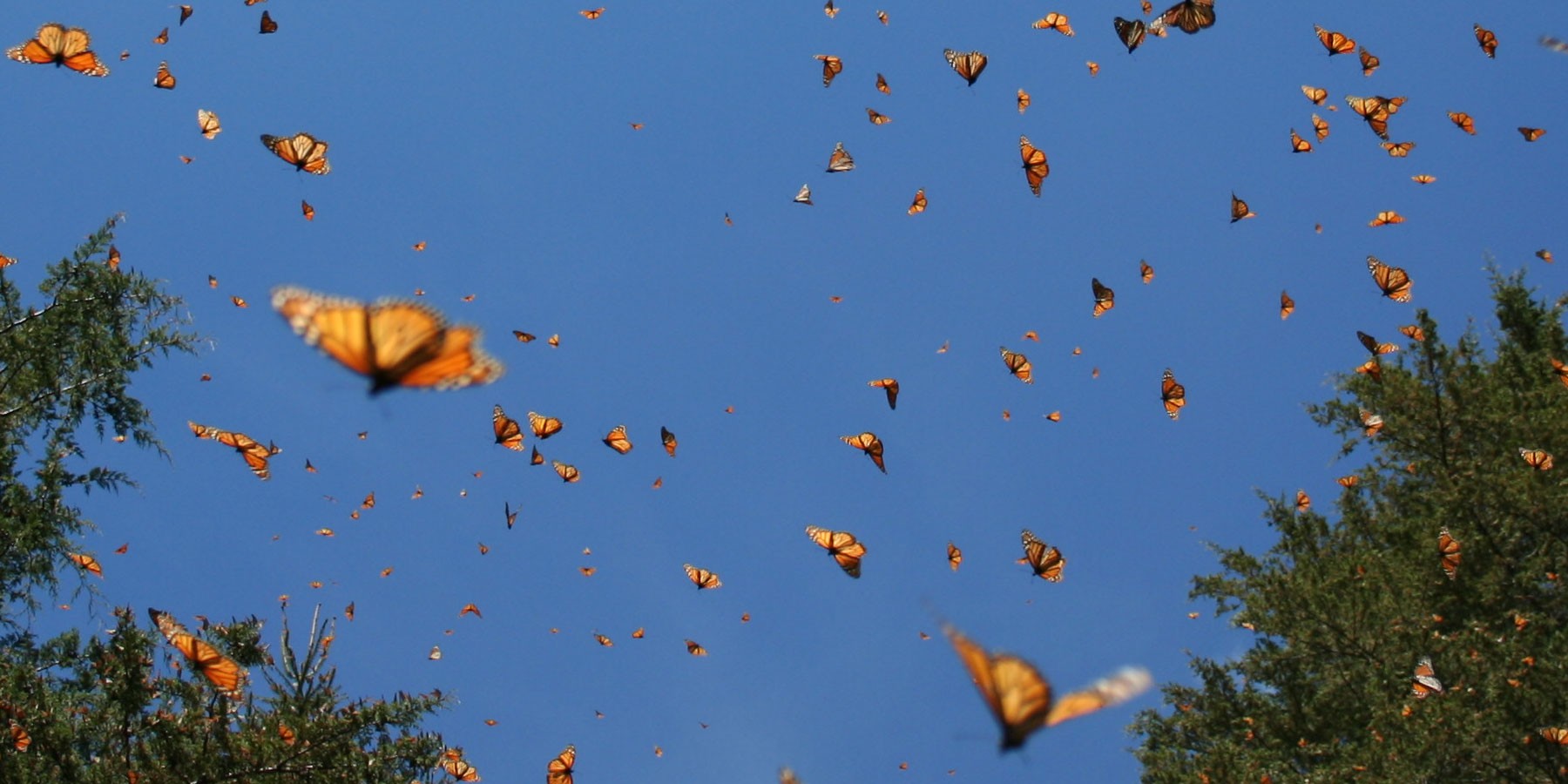April 8, 2020
Athens, Ga. – Many butterfly enthusiasts, hoping to combat the decline in the number of monarch butterflies successfully migrating to Mexico, rear and release monarch butterflies into the wild. But monarchs raised in captivity have been shown to be less likely than wild butterflies to survive their migratory journey. To understand why, Assistant Research Scientist Andy Davis and his coauthors, UGA ecology students Farran Smith and Ashley Ballew, compared the strength, color, and wing shape of butterflies they reared in the lab with those of wild butterflies they caught. Their research, just published in Biology Letters, showed that the lab-reared monarchs were weaker, paler-hued, and had smaller and less-elongated wings than wild butterflies.
In a story covering the study that appeared in the New York Times on April 8, Davis offered a possible explanation, and suggested that there could be impacts for the monarch population as a whole.
Read more: What’s Wrong With Butterflies Raised in Captivity? A study suggests that monarchs bred by enthusiasts were less fit than those that started as caterpillars in the wild, by Elizabeth Preston.

